Bundesbank President Joachim Nagel has issued a warning to investors and analysts anticipating an early interest rate cut by ECB.
In an interview, Nagel emphasized the importance of maintaining the current interest rate levels to ensure the effective management of inflation. “We must initially remain at the current interest rate plateau so that monetary policy can fully develop its inflation-dampening effect,” he stated.
Nagel’s cautionary words to those speculating on an imminent rate cut were stark: “Be careful, some people have already miscalculated that.” However, Nagel did acknowledge that interest rates have likely reached their peak, suggesting that while an immediate rate reduction may not be on the horizon, the period of aggressive rate hikes should have come to an end.




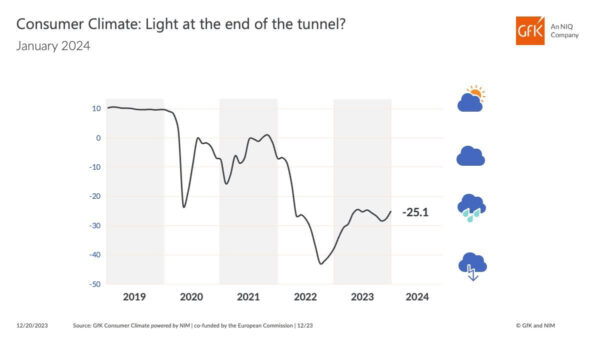
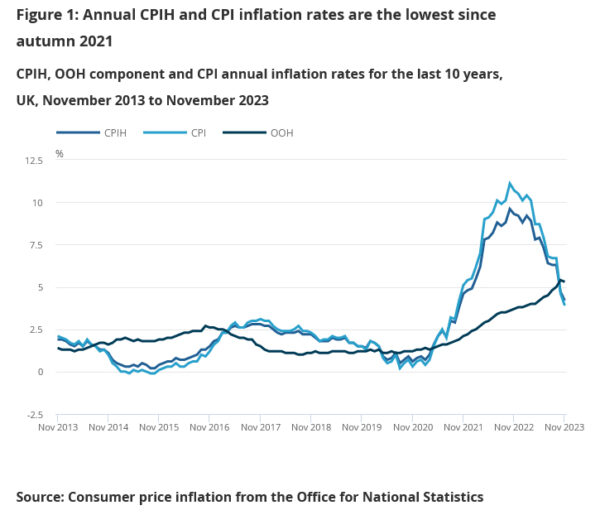
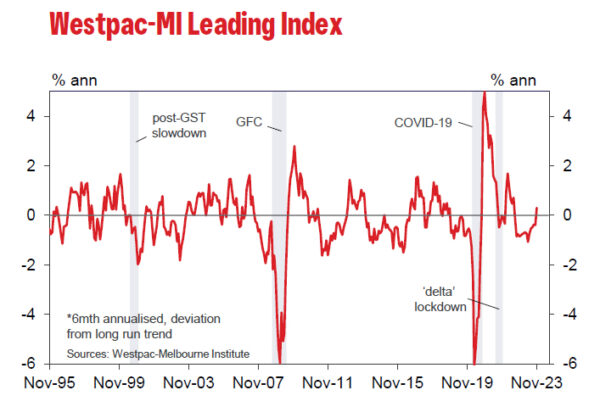
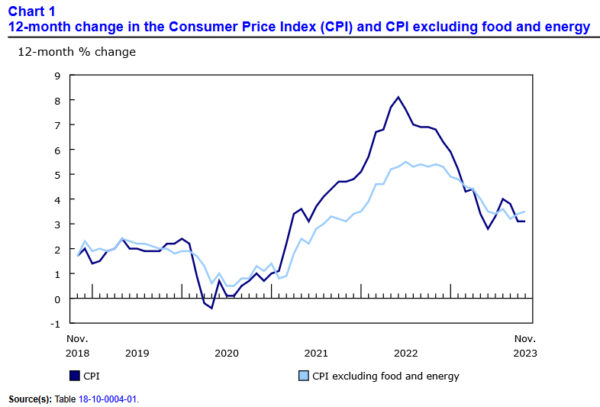

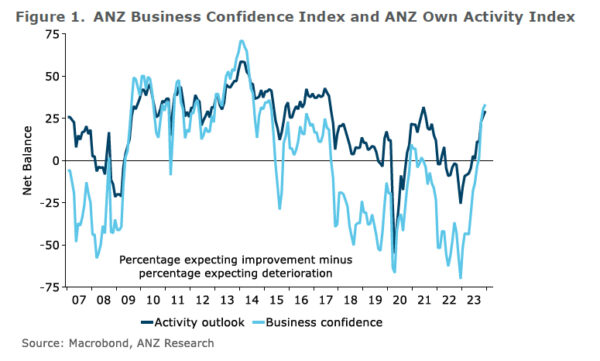
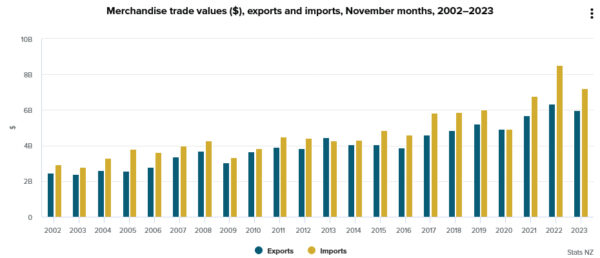

US consumer confidence rises to 110.7 in Dec
US Conference Board Consumer Confidence rose from 101.0 to 110.7 in December, above expectation of 103.9. Present Situation Index rose from 136.5 to 148.5. Expectations Index rose from 77.4 to 85.6.
“December’s increase in consumer confidence reflected more positive ratings of current business conditions and job availability, as well as less pessimistic views of business, labor market, and personal income prospects over the next six months,” said Dana Peterson, Chief Economist at The Conference Board.
“While December’s renewed optimism was seen across all ages and household income levels, the gains were largest among householders aged 35-54 and households with income levels of $125,000 and above. December’s write-in responses revealed the top issue affecting consumers remains rising prices in general, while politics, interest rates, and global conflicts all saw downticks as top concerns. Consumers’ Perceived Likelihood of a US Recession over the Next 12 Months abated in December to the lowest level seen this year—though two-thirds still perceive a downturn is possible in 2024.”
Full US consumer confidence release here.